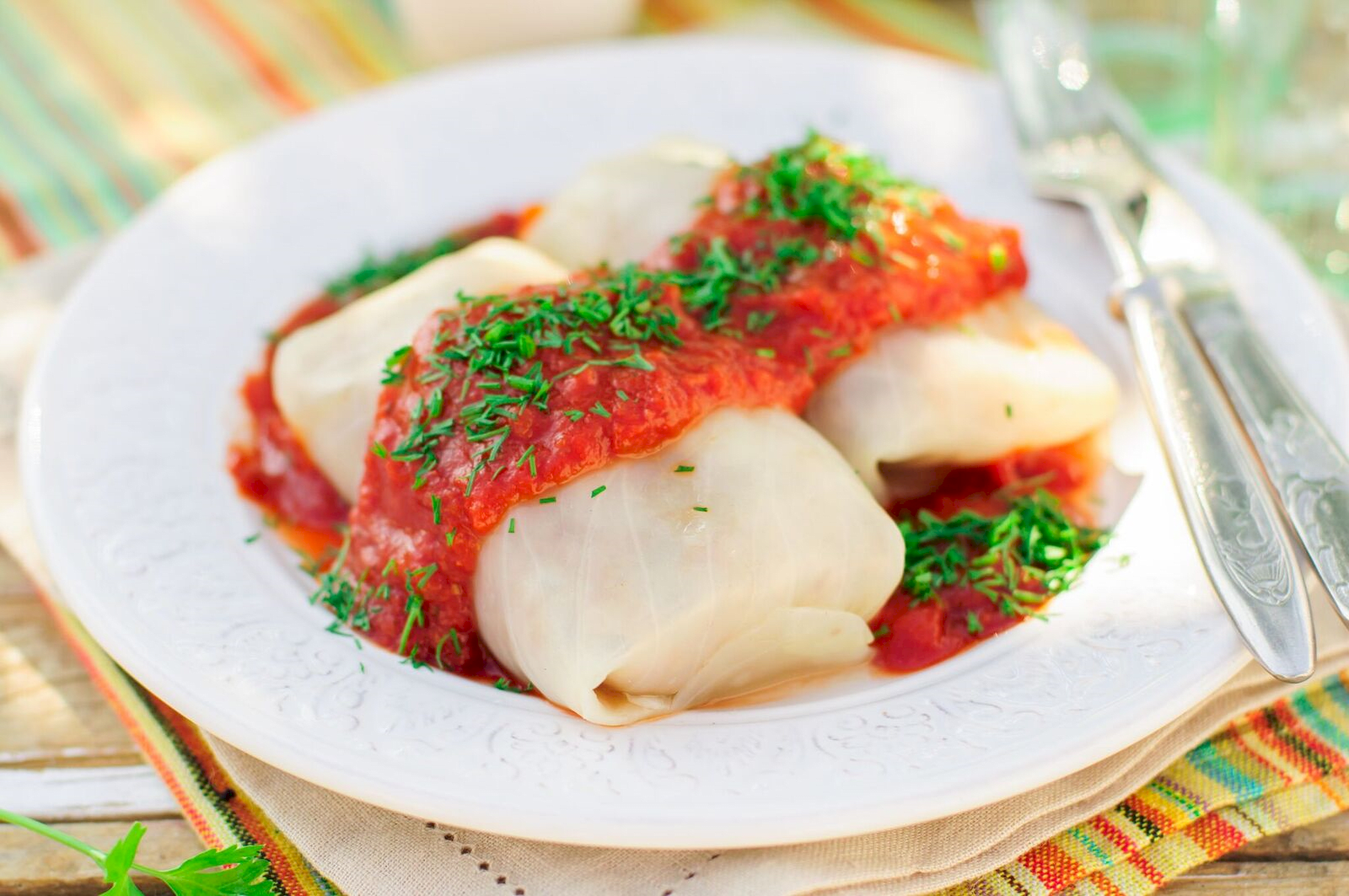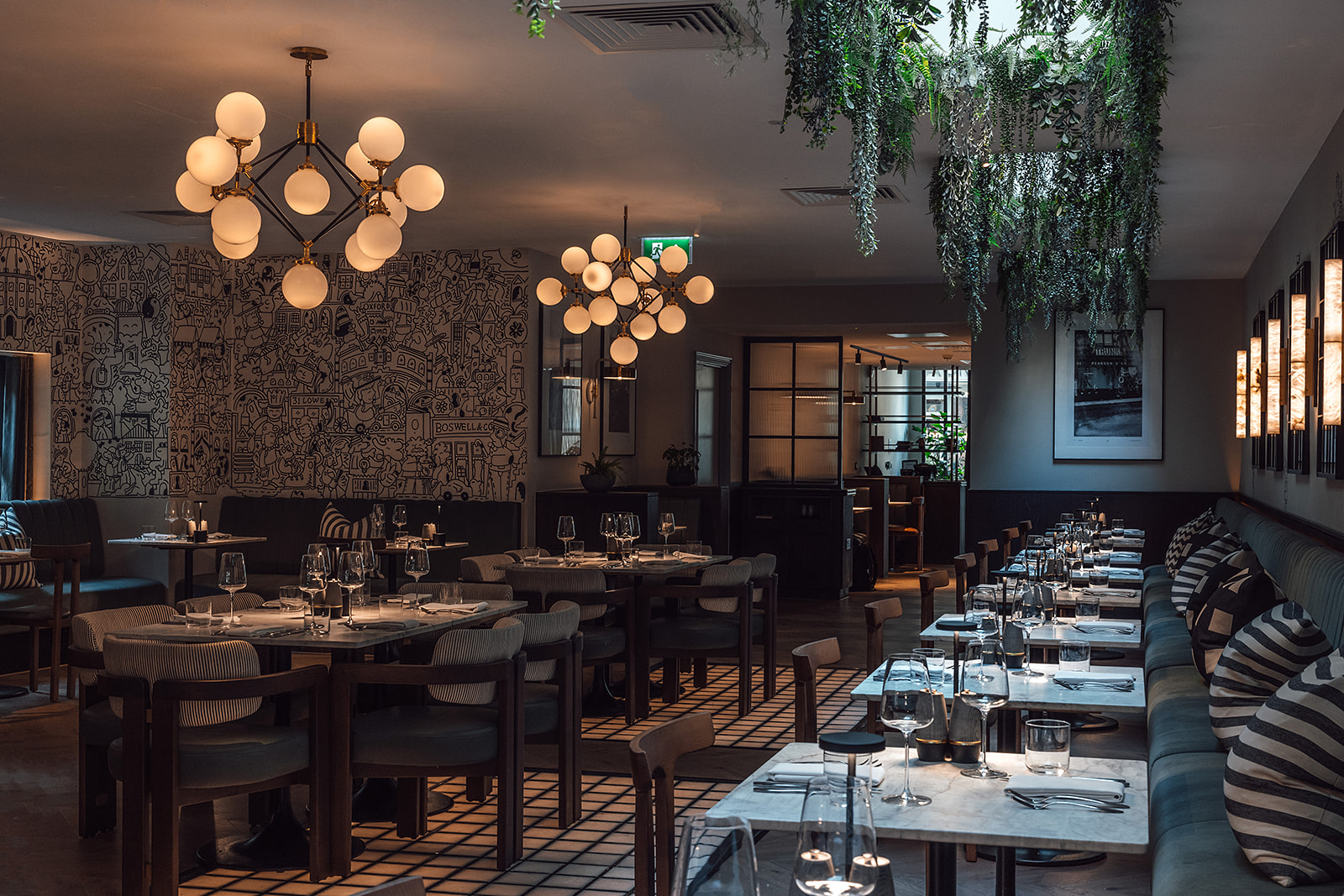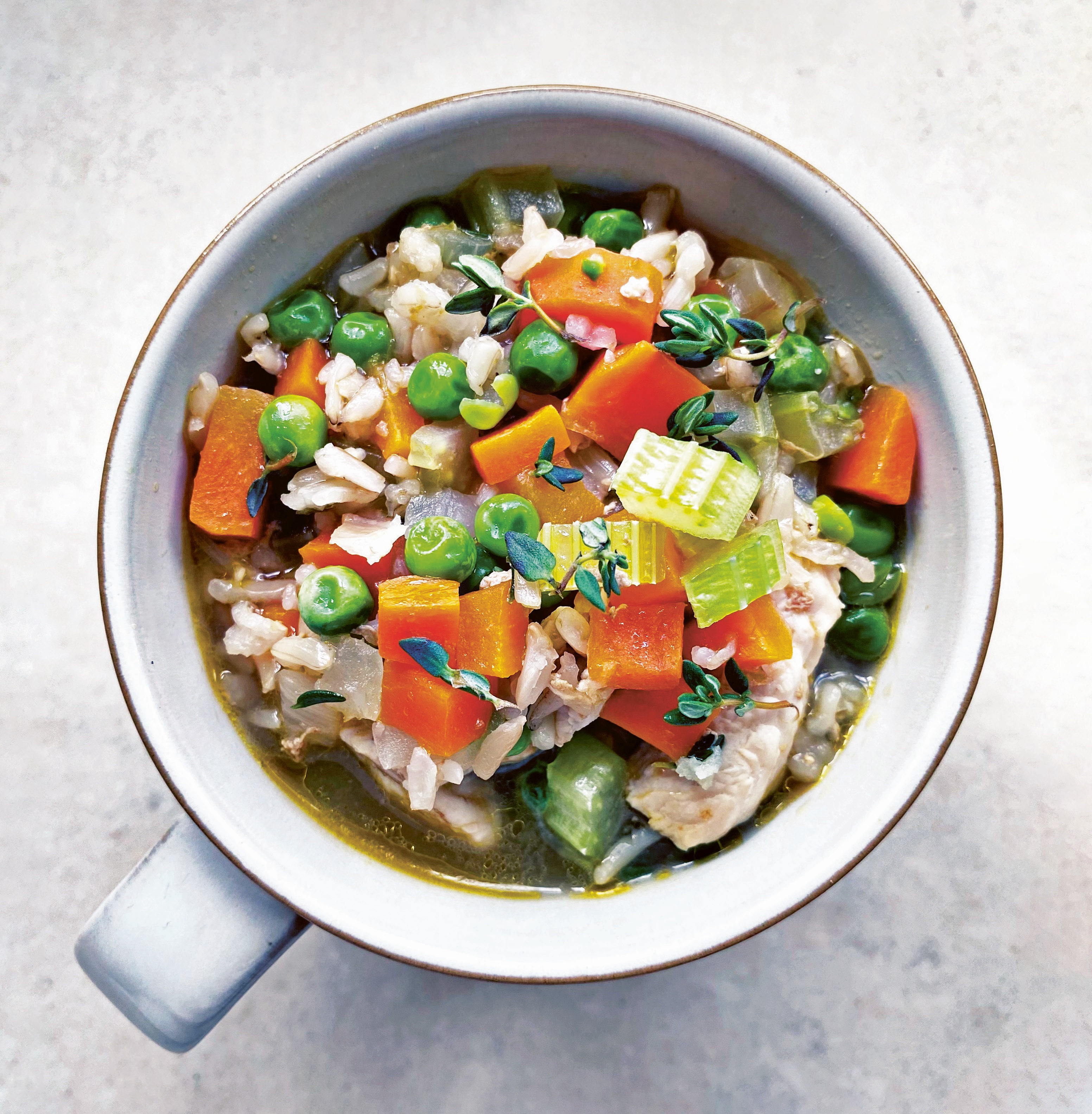Unfairly pilloried as the sulphurous scourge of nightmarish school dinners and meals prepared by well-intentioned but culinarily wayward baby boomer relatives, cabbage is one of the many fabulous vegetables that have had their reputation sullied by post-war British cooking habits.
(See also: broccoli, sprouts, cauliflower, swede).
It seems particularly unfair that cabbage, being native to the British Isles and western Europe, has spent so long being sadistically abused by its own family.
The plant itself, a group of cultivars of Brassica oleracea, was domesticated in Europe as early as 1000BC, but it was only in the Middle Ages that our multi-layered friend became a prominent part of European cuisine. Cabbage as we know it now is closely related to kale, kohlrabi, broccoli, cauliflower and collard greens– but not lettuce, which despite similarities, is part of an entirely different family which includes daisies, artichokes and sunflowers.
Like most plants, cabbages were lauded in some historical cultures for their supposed medicinal qualities. In ancient Rome, it was believed to alleviate gout, headaches, and most interestingly, the effects of ingesting poisonous mushrooms. However, the cabbages known to the Romans are unlikely to have borne much resemblance to the cultivars we are used to today.
Cabbage plants were introduced to the Americas in the sixteenth century, and it was around the same time that the Chinese began to cultivate Napa cabbage. Since then, of course, global communities have developed innumerable cabbage-based recipes, from coleslaw to colcannon, kimchi to kapuska. Note that none of these dishes involve overboiling the leaves into a malodorous, pale mass– but one use of cabbage that might smell familiar to victims of this vegetal violation is the traditional Serbian 'wedding cabbage', in which the plant is cut into cubes and boiled with meat for several hours. Indeed, in the Serbian town of MrÄajevci there is an annual cabbage festival, which is apparently attended by as many as 100,000 brassica-mad attendees. I'd put money on one's ability to smell the event before you see it.
A little further afield, Asian cabbage preparations– which have only had five centuries to develop–are some of the most delicious. The southern Indian thoran curry marries seasonal vegetables– often hispi cabbage– with coconut, chillies and ginger, and of course, hot and sour fermented Napacabbage kimchi is a ubiquitous staple of Korean cuisine.
The often-overlooked cuisines of Eastern Europe provide further inspiration for how to prepare cabbage, from soups and dumplings to salads and pies. As a celebration of these underappreciated Slavic flavours, why not try this recipe for Ukrainian golubsti– traditional stuffed cabbage rolls braised in a rich tomato sauce.
Golubsti recipe
1 whole Savoy cabbage
1 large, finely diced onion
1 whole, grated carrot
500g pork mince
500g beef mince
200g parboiled rice
1 tin chopped tomatoes
Method
Fry half of the onion and all of the carrot in a little oil until they begin to brown. Add the tomatoes, season, and reduce for two minutes.
Separate the cabbage leaves and blanch them for two minutes in boiling water, then drain them.
Mix the meat, rice and onion, and spoon the mixture into each cabbage leaf– enough to make a good parcel. Fold the cabbage leaves over so that they don't unravel.
Place the stuffed cabbage leaves in the tomato sauce, and braise for 30 minutes over a low heat.
Serve with crusty bread, sour cream and dill.









